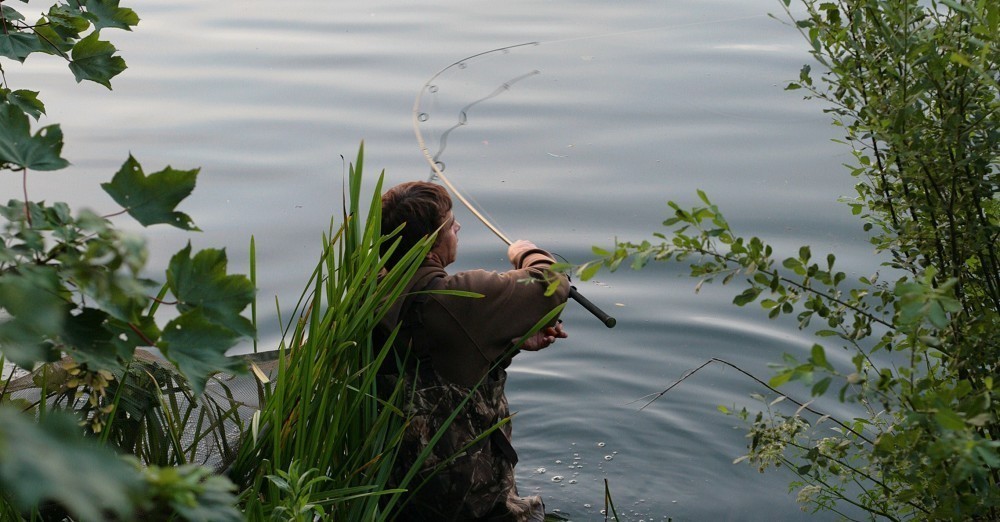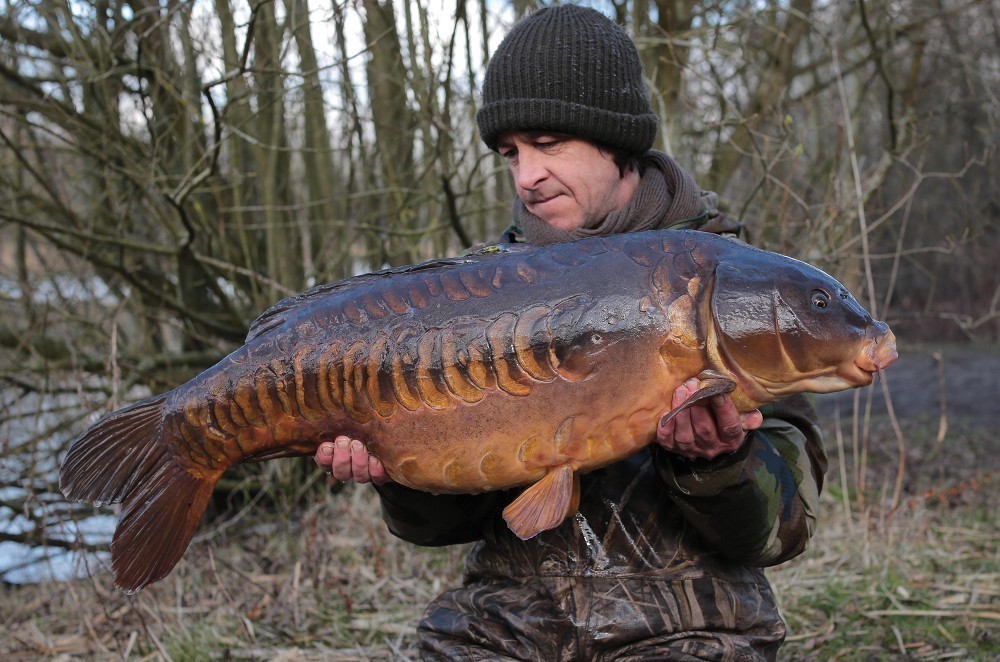
Terry Hearn's forgotten edges revealed
Terry Hearn talks forgotten edges in his Rotary Letter Extension...
Question: Forgotten edges: there are loads of these, things we all used to do but don’t tend to do now and then suddenly you are reading from a relative newcomer of this incredible trick they have developed. So Rotarians, let’s be hearing some of your best ones… Shaun Harrison
Does anyone free-line anymore? One of my favourite methods in my early years was free-lined bread flake. If I got lucky enough to find fish cruising the margins then it was often the first method I went for, and I can think of many a carp which slipped up to a well timed piece of flake sinking slowly in their path.
I’ll make up a scenario which I’m sure most of us will be familiar with: we’ve just turned up at the lake on a warm sunny afternoon and found fish cruising up and down the margins. I wouldn’t mind betting that most of us would think along the same lines: we’d soon be searching for some nice clean spots to present a rig or two, and once the traps were set we’d then sit well back and wait for a take.
In contrast, in my early carping years I wasn’t so patient, I would have been more likely to use whatever cover I could find to get up close to the edge, and each time I saw a carp or a group of carp swimming my way, I’d be flicking out a slow sinking piece of flake and then drawing it back before letting it flutter down in their path. Of course it could be any free-lined bait, but bread was my favourite back then because it sank slowly, and as a plus it covered the hook and made it less likely to get fouled by weed. Why on earth don’t I do that anymore?
I few years back at Dinton, I remember fishing one of the swims at the far end with a wooden walkway stretching out through the thick reeds to the water’s edge. It was particularly weedy, with only a couple of feet of clear water over the top of the weed and very few darker holes in which to present a bait. The carp, however, were there in numbers and I remember taking ages to get a couple of Choddies under-armed into the tiny clearings, as each time I went to plop them out another carp would come swimming through and I’d have to duck back down and hold on for a bit.
Anyway, presentation obviously wasn’t great, which showed up in a lack of takes over the first 24hrs, and so the following day I moved into another swim just around the corner where I already knew the bottom was far more presentable. Soon after I’d moved, Simon the bailiff showed me, or rather reminded me, how to catch them from the weedy swim I’d just vacated, and it was so, so simple.
I saw his van pull up behind the boards and watched him stroll down the jetty, before disappearing for a few minutes and then reappearing with a rod with a bit of free-lined flake dangling from his tip. Long story short, he had two takes in a matter of minutes, missing the first but hooking and landing the second, a 30lb plus common. I did go on to catch a couple on Choddies from the new swim, but that took me 24hrs, not a few minutes.
Obviously on some of the waters we fish it’s better not to risk putting the fish on edge, instead setting the traps and sitting well back, but we’d still do well to remember that there are other times when we can make things so much simpler for ourselves, especially if short sessions are your thing. Sometimes all that’s needed really is a hook on the end of a line with a visual bait plonked right in front of their nose.




